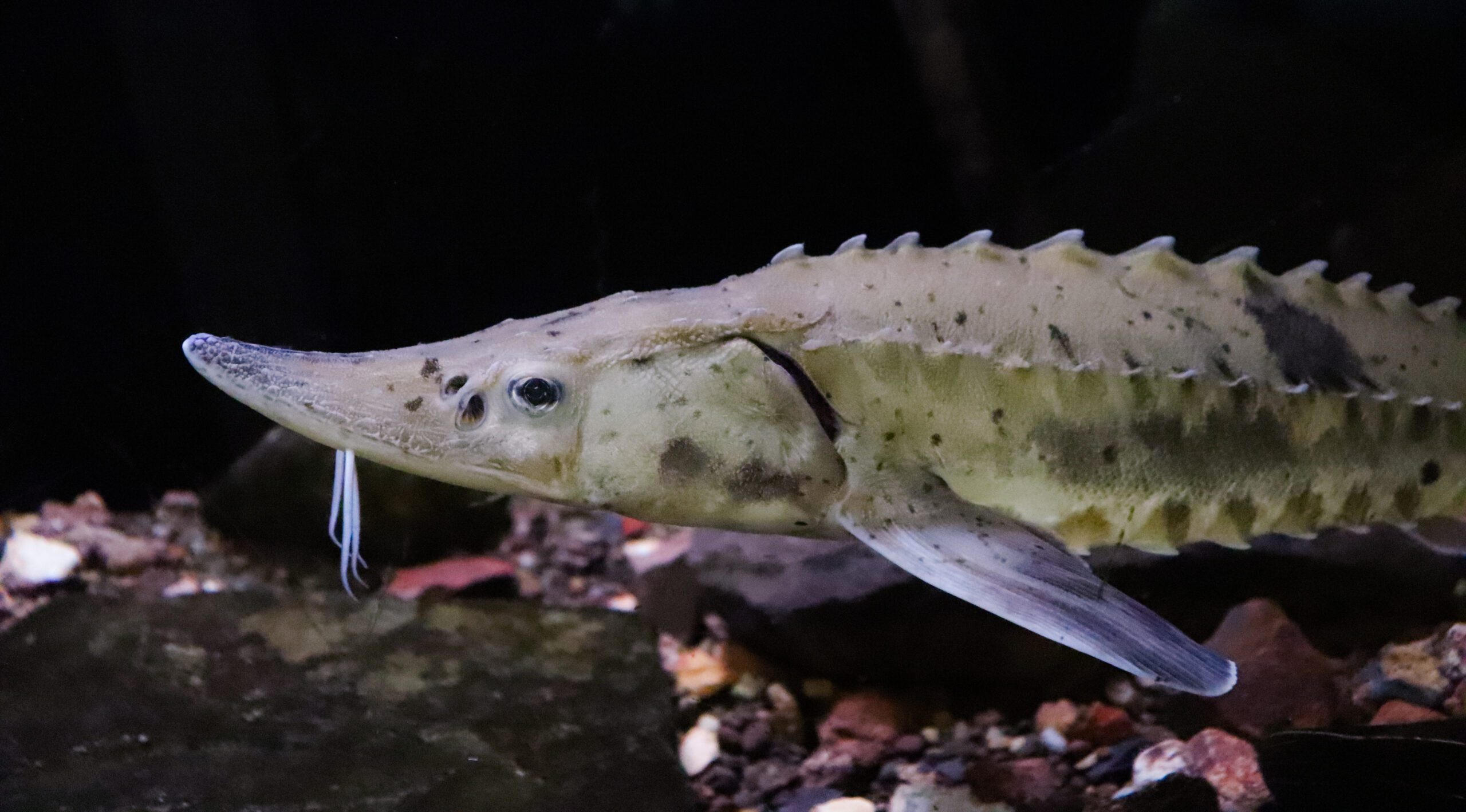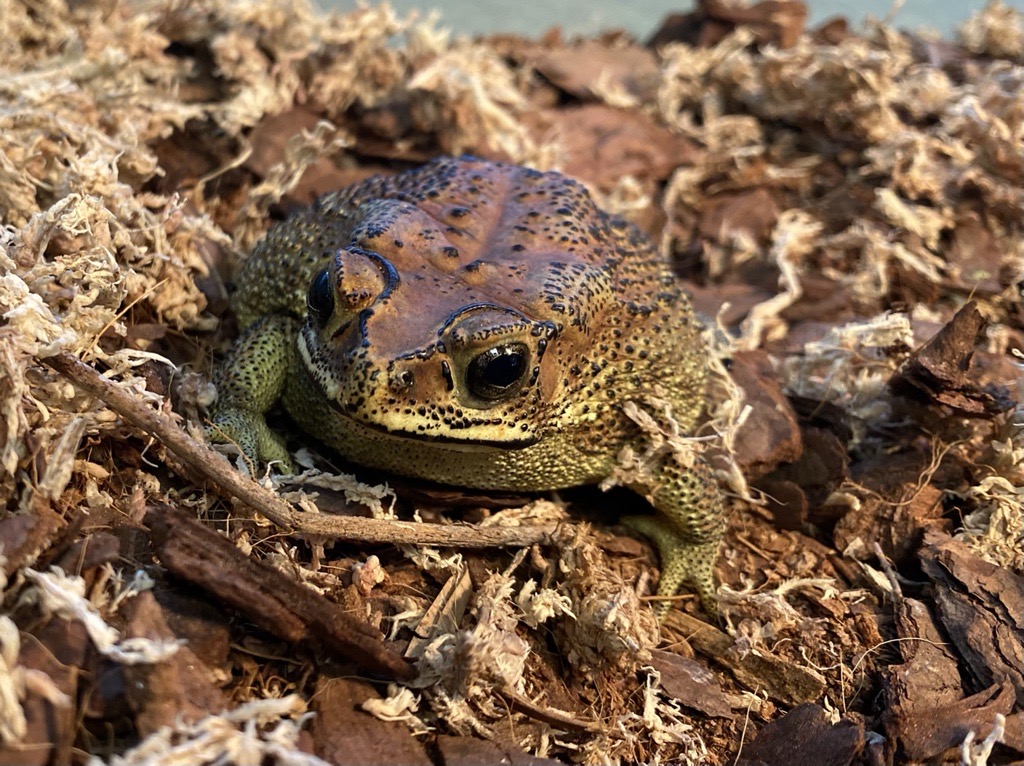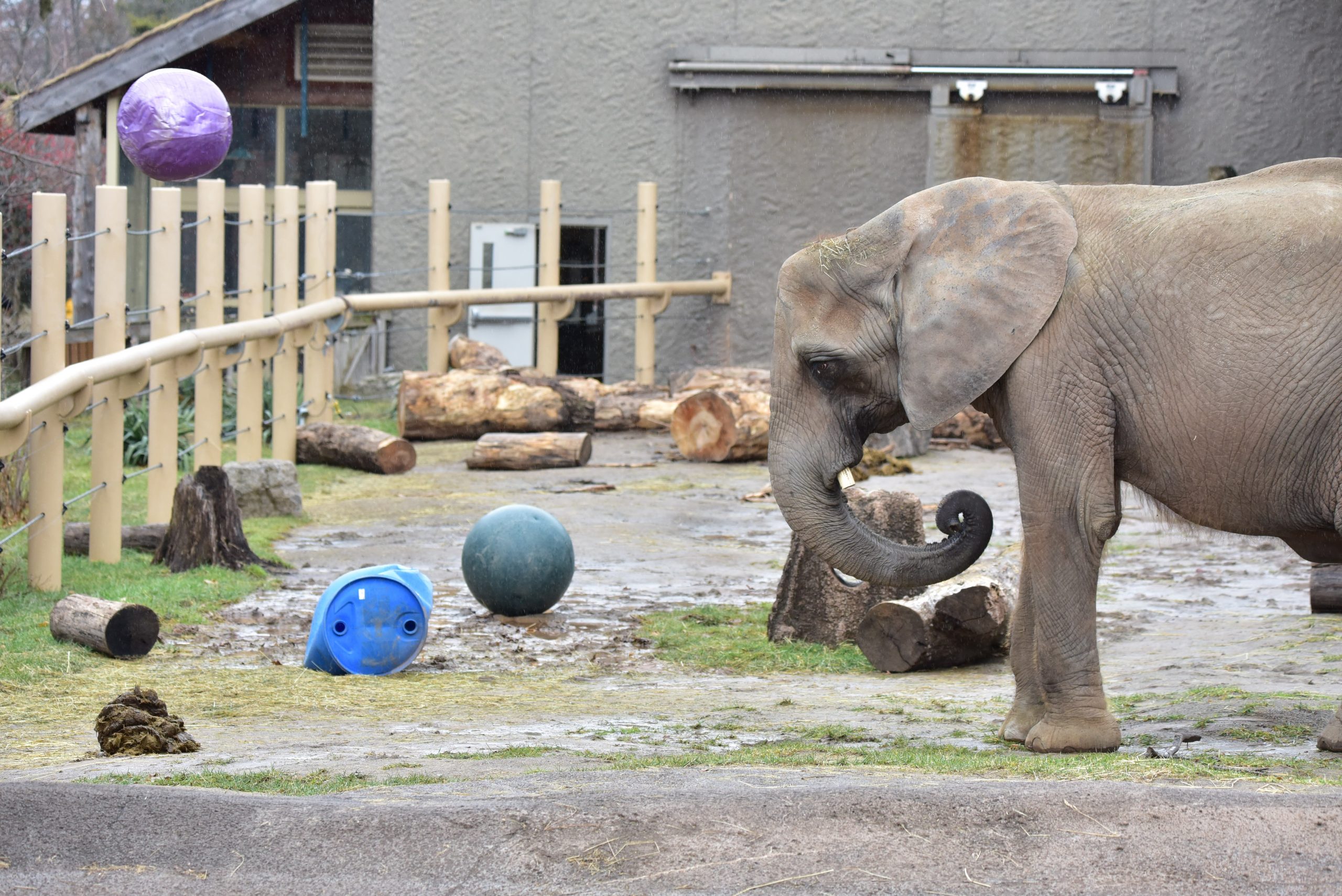
Reporting Out on the Zoo’s Conservation Action Plan
Lake sturgeon photo by Julia Schlenker This article first ran in our ZooNooz April 2024 edition. Written by Pamela Reed Sanchez, President & CEO Seneca Park Zoo Society. If you
Keep in touch with your friends at Seneca Park Zoo. From exciting upcoming events to animal updates to updates on our conservation efforts—there’s always something going on at the Zoo. For even more opportunities to connect with the Zoo, be sure to follow us:

Lake sturgeon photo by Julia Schlenker This article first ran in our ZooNooz April 2024 edition. Written by Pamela Reed Sanchez, President & CEO Seneca Park Zoo Society. If you


March 2024 As the 2024 Solar Eclipse approaches, the Seneca Park Zoo is launching a project to understand better how animals react to the phenomena. While zoo guests stroll the


This essay contributed by Tom Snyder, Seneca Park Zoo’s Director of Programming and Conservation Action, first appeared in our January 2024 edition of ZooNooz. Growing up surrounded by nature I


December 4, 2023 Seneca Park Zoo’s southern white rhino ‘Jiwe’ has turned seven! As the second largest land mammal, he has tipped the scale at just over 4,000lbs and is


Providing medical care to the animals at the Zoo is of upmost importance. Many animals require their own participation to receive vaccines, or treat a medical issue. It is less


Domestic Rabbit (Oryctolagus cuniculus) Mammal Africa The Zoo is home to one domestic rabbit as part of our Ambassador Animal collection. Animal Facts Brown coat, with black and gray sprinkled


Asian Spiny Toad (Ambassador Animal) (Duttaphrynus melanostictus) Amphibian Asia The Zoo is home to one Asian common toad, also known as spiny toads, as part of our ambassador animal program


Degu (Octodon degus) Mammal South America The Zoo is home to three degus in our Ambassador Animal collection. As such they are not kept in public view, but available for


How do we recycle properly and why is it important? Recycling is an important, and practical step we can do in our day-to-day lives that helps protect our local environment,


November is a very special month here at Seneca Park Zoo because it is Genny C’s birthday month!
Seneca Park Zoo Society is a tax-exempt 501(C)(3) nonprofit organization. Your gift is tax-deductible as allowed by law.
Seneca Park Zoo is a smoke-free facility.
Copyright © Seneca Park Zoo 2025